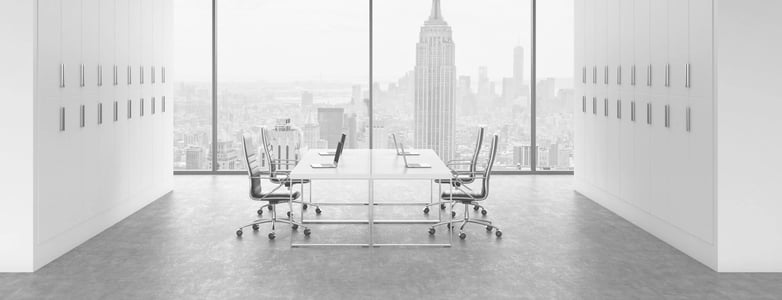Occupancy monitoring

40%
$821
60%
Imagine having just the right amount of space for your hybrid workforce and eliminating guesswork or manual headcounts. With occupancy monitoring, you can see how your building is truly being used!
Whether from real-time data on the current number of people in a meeting room or building floor, or historical data to highlight trends over time, occupancy monitoring can help you achieve your outcomes.
Explore how occupancy monitoring can specifically help you below:
Scenario 1: Optimize building costs with historic occupancy data
The challenge:
Many organizations are now contemplating downsizing and rightsizing their estate. But it’s quite hard to determine how much space they actually need, without first knowing how their space is really being used, right?
Our solution:
With occupancy monitoring, you can get historical data and insights into how your office floors, rooms, and desks are being used. Occupancy patterns that emerge over time can highlight trends across your office, and show you how much space you really need going forwards so that you can optimize your space. And this in turn can help your organization reduce wasted operating and real-estate costs, therefore maximizing profits.
Scenario 2: Increase productivity with space planning and safety with real-time occupancy alerts
The challenge:
When capacity limits are exceeded, the safety of your employees is at risk - we all know that - but too many people in a meeting room or office space can also cause discomfort and even hinder productivity.
As the freedom of choice on where to work has risen, employees are demanding more from their office space. Whether this is the preference for a quieter space to work or working where there are fewer people, it becomes an important consideration for your building.
Our solution:
With occupancy monitoring, it’s easy to analyze the flow of utilization over the course of the day in any building. You can use this insight to identify peak hours and when capacity limits may be most at risk. In fact, with real-time occupancy data and using our platform, you can set up alerts to manage staff flow in the safest way possible.
We can show you many many people are on each floor or in certain areas, and you can even see which specific desks are occupied or vacant. Using digital signage, you can inform your tenants of this information, helping to give them a choice of where to work based on their specific preferences, helping to enhance their productivity and comfort.
And as you collect more historic data on how people are using your building, you can then plan how best to set up your space to meet the needs of your people. Whether it’s to enhance collaboration or introduce quiet spaces for people to work, our insights can help you provide what your people want and need.
Scenario 3: Occupancy monitoring to improve sustainability
The challenge:
You know that your building’s energy is a large portion of your operating costs and that it has a significant impact on the environment too, so you’re probably all for reducing your energy costs. But how do you know where and when to reduce the energy consumption in your building if you don’t know how your building is being utilized?
Our solution:
With Metrikus you can aggregate real-time occupancy and energy data to highlight and detect HVAC inefficiencies. With this comparison of data, you’ll get insights into where you’re heating or lighting a meeting room with no one in it, for example. And this allows you to reduce your energy consumption and your environmental impact.
Our occupancy solution in action: a UK investment bank
We worked with a major UK bank to optimize the utilization of their workplace. Based on manual headcounts and an estimated 71% floor peak occupancy, they were asked by HR and FM to contract a new lease worth £500,000 to accommodate the expanding floating population of employees.
Our solution was deployed within a week and real-time occupancy monitoring immediately gave an accurate and detailed insight into utilization within their space.
Average utilization during the first 10 days of monitoring was only 33%. And even after stress loading with additional employees, average utilization remained below 44%. We continued to control the volume of staff on the floor, with real-time alerts to ensure any increases would not breach building regulations.
Following the monitoring period, we recommended that occupancy levels stayed between 80-90%, enabling a 34% increase in staff allocation.
ROI >98x
With an investment of £5,856, the bank saved £573,750.
